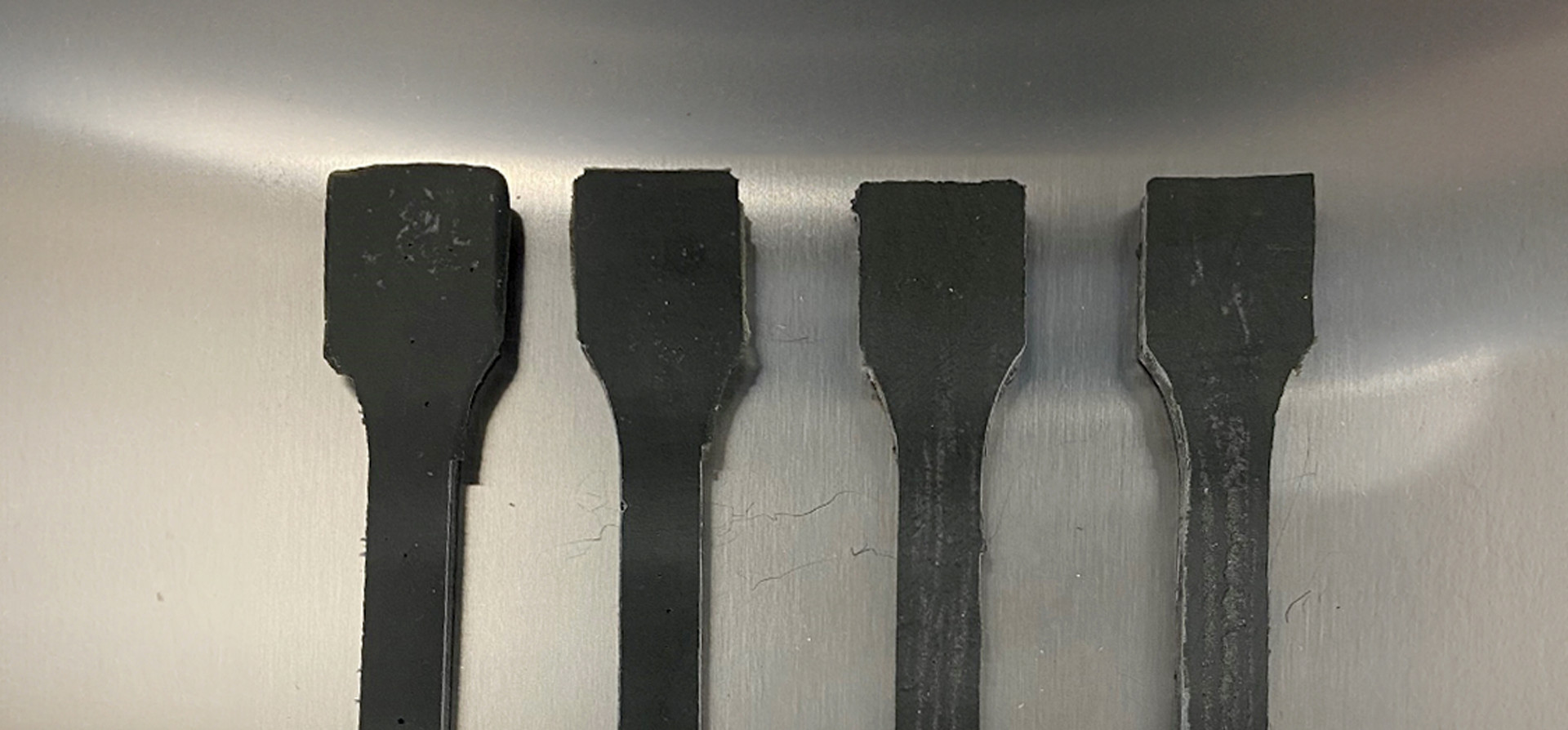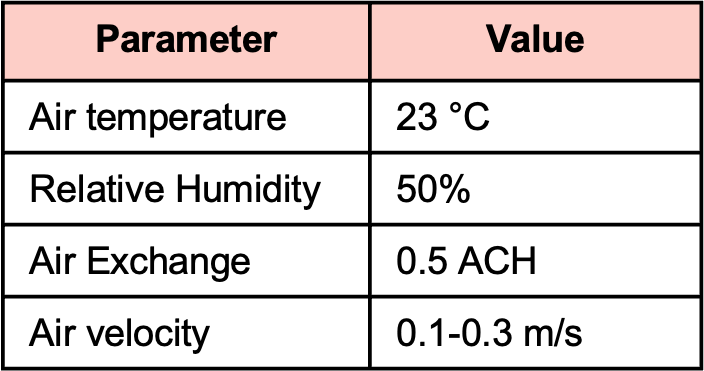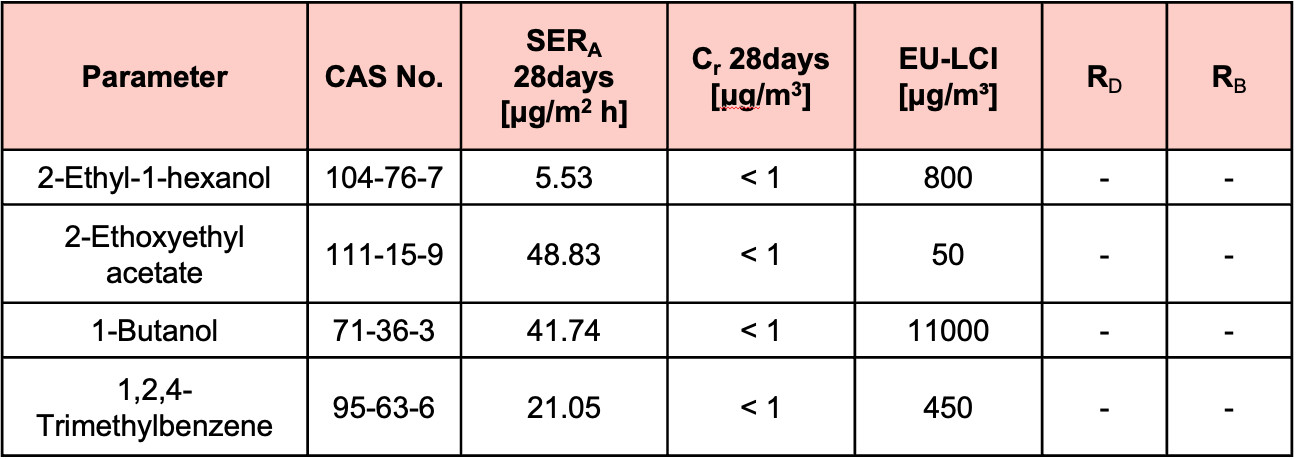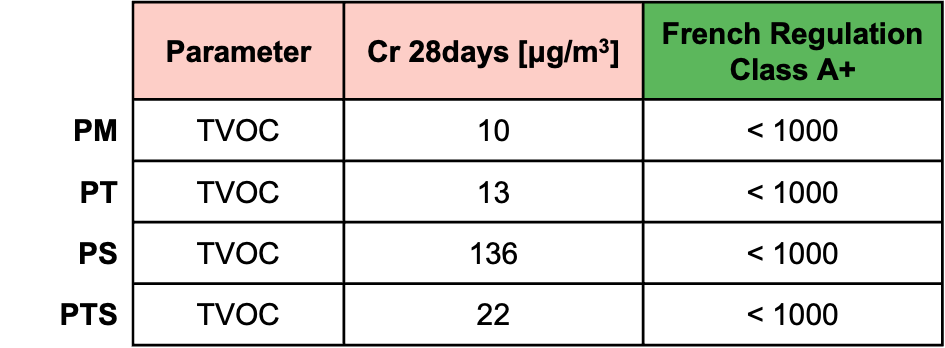Measurements of Volatile Organic Compounds (VOC) emissions from polyurethane joints
- Home
- Success Stories
- Measurements of Volatile Organic Compounds (VOC) emissions from polyurethane joints


Flex And Robust (FAR) produces and commercializes Polyurethane Flexible Joints. FAR offers flexible structural connections in civil engineering, carrying loads and high deformations simultaneously and dissipating energy. Solutions offered by FAR are suitable for seismic and hurricane areas.
The scope of the PM&VL2 is a complete characterization of all the envelope parts and their effects on internal occupants in real operating conditions. The VOC (Volatile Organic Compounds) Lab node offers a characterization of the VOC emissions of building materials under standard or customized environmental conditions
Main author:
Riccardo Pinotti
EURAC Research
Volatile Organic Compounds (VOC) emissions from materials are measured in accordance with the standard EN 16516:2017 (Construction products: Assessment of release of dangerous substances - Determination of emissions into indoor air)

The results reported in the table below show the low level of VOC emissions emitted by the polyurethane PM flexible joints in terms of specific emission rate or emission factor per area of the sample (SERA), mass concentration of single VOC in the air of the European Reference Room (Cr), and R values according to the German LCI/NIK list (RD) and Belgian LCI list (RB) after 28 days.

SER-A: specific emission rate; Cr: concentration in the air of the European Reference Room; EU-LCI: European Lowest Concentration of Interest.
From the following table we can observe how all the tested cured joints emit concentrations of total volatile organic compounds (TVOC) well below the A+ class identified by the French labelling scheme.

Cr: concentration in the air of the European Reference Room.
The concentration of chemical compounds measured in the air of the European Reference Room (Cr) for the tested products were found to be consistently below the established limits set by the main European regulations and EU-LCI values. This indicates that the emissions from the tested material have a low risk of adverse health effect from long-term exposure to the general population.
Volatile Organic Compounds (VOC) emissions
06 October, 2025